Home> Company News> Everything You Need To Know About How Hydraulic Pumps Work
Hydraulic pumps are vital components in various industries, such as construction, manufacturing, and aerospace. These pumps are responsible for converting mechanical power into hydraulic energy, which is used to generate force and movement in hydraulic systems. Hydraulic pumps are designed to be reliable and efficient, but they still require regular maintenance to ensure optimal performance.
In this tutorial, we will provide an overview of hydraulic pumps, including their importance, how they work, and the different types available. Understanding the basic principles of hydraulic pumps is essential for proper maintenance and troubleshooting. By the end of this tutorial, you will have a better understanding of how hydraulic pumps work and their applications in various industries.
Basic Principles of Hydraulic Pumps
Hydraulic pumps play a crucial role in powering various hydraulic systems used in different industries, from manufacturing to construction, aerospace, and more. These pumps work based on the fundamental principles of Pascal's law, which states that pressure in a confined fluid is transmitted equally in all directions.
In simple terms, this means that when a force is applied to a fluid, the pressure created by that force is transmitted throughout the fluid equally. This principle forms the basis of hydraulic systems, which use fluid to transmit force and motion to different components.
Hydraulic pumps are devices that create the pressure needed to move the fluid through the system. They convert mechanical energy into hydraulic energy, which is then used to power the different components of the hydraulic system.
Hydraulic pumps have several key components that work together to create pressure and move the fluid. These components include:
- Inlet port: The point where fluid enters the pump.
- Outlet port: The point where fluid exits the pump.
- Hydraulic cylinder: A cylinder that contains fluid and a piston that moves in response to pressure changes.
- Pistons or gears: These are the main components responsible for creating pressure and moving the fluid.
- Drive shaft: A rotating shaft that powers the pump.
- Control valves: These valves control the flow of fluid into and out of the pump.
- Relief valves: These valves prevent the pump from over-pressurizing.
There are two main types of hydraulic pumps: positive displacement pumps and non-positive displacement pumps. Positive displacement pumps are further divided into two categories: reciprocating pumps and rotary pumps.
Reciprocating pumps work by moving a piston or plunger back and forth to create pressure and move fluid through the system. Examples of reciprocating pumps include piston pumps and diaphragm pumps.
Rotary pumps, on the other hand, work by using rotating gears, lobes, or screws to create pressure and move the fluid. Examples of rotary pumps include gear pumps, vane pumps, and screw pumps.
Non-positive displacement pumps do not create pressure in the same way as positive displacement pumps. Instead, they use impellers or turbines to create a flow of fluid, which in turn creates pressure. Examples of non-positive displacement pumps include centrifugal pumps and axial flow pumps.
In summary, understanding the basic principles of hydraulic pumps is crucial to ensure the optimal performance of hydraulic systems. Hydraulic pumps work based on Pascal's law, and they have several key components that work together to create pressure and move the fluid. There are two main types of hydraulic pumps: positive displacement and non-positive displacement pumps, each with its unique advantages and disadvantages.

How a Hydraulic Pump Works
Hydraulic pumps convert mechanical energy into hydraulic energy, creating pressure that can be used to power various hydraulic systems. They work by using the principle of Pascal's law, which states that when pressure is applied to a confined fluid, the pressure is transmitted equally in all directions within the fluid.
In a hydraulic pump, a motor or engine drives a rotating shaft, which powers an impeller or rotor. The impeller draws hydraulic fluid into the pump from a reservoir or other source, and then pushes it out into a high-pressure system.
Hydraulic pumps consist of several parts, including:
- Inlet: This is the opening through which hydraulic fluid enters the pump.
- Impeller or Rotor: The impeller is a rotating component that uses centrifugal force to draw hydraulic fluid into the pump and then push it out through the outlet.
- Outlet: This is the opening through which pressurized hydraulic fluid exits the pump.
- Cylinder Block: This is the housing that contains the pistons or vanes that move the hydraulic fluid through the pump.
- Pistons or Vanes: These components are responsible for compressing the hydraulic fluid and creating pressure in the system.
- Pressure Relief Valve: This valve helps to regulate the pressure in the system and prevent damage from over-pressurization.
Hydraulic pumps can be classified into two main categories: positive displacement pumps and non-positive displacement pumps.
Positive displacement pumps work by trapping a specific volume of hydraulic fluid in each cycle and pushing it out into the system. The two most common types of positive displacement pumps are gear pumps and piston pumps.
Non-positive displacement pumps, on the other hand, operate by using centrifugal force to increase the velocity of the hydraulic fluid, thereby increasing the pressure in the system. The most common type of non-positive displacement pump is the centrifugal pump.
Understanding how a hydraulic pump works is essential for proper maintenance and troubleshooting. It enables operators to identify any issues that may arise and determine the appropriate course of action to ensure the optimal performance of the system.
Types of Hydraulic Pumps
Hydraulic pumps come in various types, each with its advantages and disadvantages. Understanding the differences between these types can help you choose the most suitable pump for your application. Here are some of the most common types of hydraulic pumps:
-
Gear Pumps: Gear pumps are the most common type of hydraulic pumps. They consist of two gears that mesh together, creating a vacuum that draws in fluid. As the gears rotate, the fluid is pushed out of the pump. Gear pumps are known for their simple design, reliability, and efficiency. However, they are not suitable for high-pressure applications.
-
Vane Pumps: Vane pumps have a rotor with vanes that slide in and out of the rotor slots. The vanes create chambers that draw in and expel fluid as the rotor turns. Vane pumps are ideal for low-to-medium pressure applications and are relatively quiet. However, they are not as efficient as gear pumps.
-
Piston Pumps: Piston pumps are designed for high-pressure applications. They use a piston to draw in fluid, which is then forced out through a discharge port. Piston pumps are highly efficient and have a longer lifespan than other types of hydraulic pumps. However, they are more expensive and require more maintenance.
-
Radial Piston Pumps: Radial piston pumps have a cylinder block with several pistons that move radially in and out of the block. The pistons are driven by a swash plate, which changes the angle of the pistons' movement to vary the pump's flow rate. Radial piston pumps are known for their high efficiency and accuracy. However, they are complex and expensive, making them suitable only for specialized applications.
-
Axial Piston Pumps: Axial piston pumps have a series of pistons arranged in a circular pattern around a drive shaft. The pistons move in and out of cylinders arranged radially around the shaft. Axial piston pumps are highly efficient, durable, and suitable for high-pressure applications. However, they are complex and expensive, making them suitable only for specialized applications.
-
Screw Pumps: Screw pumps have two or more screws that mesh together and rotate, creating a vacuum that draws in fluid. As the screws rotate, the fluid is pushed out of the pump. Screw pumps are ideal for viscous fluids and low-to-medium pressure applications. However, they are not suitable for high-pressure applications and require more maintenance than other types of hydraulic pumps.
Choosing the right hydraulic pump for your application depends on various factors, such as the required flow rate, pressure, and efficiency. It is essential to consider all of these factors before making a decision.

Maintenance and Troubleshooting of Hydraulic Pumps
Hydraulic pumps are critical components of hydraulic systems and require regular maintenance to ensure their optimal performance. Proper maintenance can help prevent damage, extend the lifespan of the pump, and reduce downtime. This section will discuss some basic maintenance tips and common problems that can occur with hydraulic pumps and how to troubleshoot them.
Maintenance Tips for Hydraulic Pumps
-
Regular Inspection: Regular inspection of hydraulic pumps can help identify issues early, preventing costly damage or complete failure. Inspection should include checking fluid levels, belts, hoses, and connections for wear and damage.
-
Changing Fluid: Hydraulic pumps require hydraulic fluid to operate correctly, and the fluid should be changed at regular intervals to keep the pump operating at peak performance. The frequency of fluid changes will depend on the system and the pump, and the manufacturer's recommendations should be followed.
-
Proper Storage: Proper storage of hydraulic pumps is essential to prevent damage and extend their lifespan. Pumps should be stored in a dry and clean environment, protected from extreme temperatures, and with the shafts and ports sealed to prevent contamination.
-
Regular Cleaning: Hydraulic pumps should be cleaned regularly to remove dirt, debris, and other contaminants that can cause damage or reduce performance. A clean pump is also easier to inspect and maintain.
Common Problems with Hydraulic Pumps
-
Overheating: Overheating is a common issue with hydraulic pumps and can be caused by a variety of factors, including low fluid levels, clogged filters, or blocked cooling lines. Overheating can damage the pump's internal components, and the cause of the problem should be addressed immediately.
-
Leaks: Leaks can occur in hydraulic pumps, leading to reduced performance and potential damage. Leaks can be caused by damaged hoses, seals, or fittings and should be addressed promptly to prevent further damage.
-
Noisy Operation: Noisy operation can be a sign of worn or damaged internal components or clogged filters. Noisy operation should be investigated promptly to prevent damage or complete failure.
-
Reduced Performance: Reduced performance can be caused by a variety of issues, including low fluid levels, clogged filters, worn internal components, or damaged hoses. Addressing the cause of the problem can restore the pump's performance.
Troubleshooting Techniques for Hydraulic Pumps
-
Check Fluid Levels: Low fluid levels can cause a variety of issues, including overheating and reduced performance. Checking fluid levels regularly can help prevent issues and identify problems early.
-
Inspect Hoses and Connections: Hoses and connections should be inspected regularly for damage, leaks, or signs of wear. Damaged hoses or connections should be replaced promptly to prevent further damage.
-
Check Filters: Clogged filters can reduce pump performance and cause overheating. Filters should be checked regularly and replaced when necessary.
-
Consult Manufacturer Recommendations: The manufacturer's recommendations should be followed when performing maintenance or troubleshooting hydraulic pumps. Following the recommendations can help prevent damage and extend the lifespan of the pump.
By following these maintenance tips and troubleshooting techniques, hydraulic pumps can operate efficiently and reliably, providing the necessary force for hydraulic systems' various applications.
Applications of Hydraulic Pumps
Hydraulic pumps have a wide range of applications in various industries, including manufacturing, construction, agriculture, aviation, and automotive. These industries use hydraulic pumps to power heavy machinery and equipment, control hydraulic systems, and perform precision tasks.
In the manufacturing industry, hydraulic pumps are used in production lines for various purposes, including shaping, cutting, and molding. The automotive industry uses hydraulic pumps in vehicles for power steering and braking systems, while the aviation industry uses hydraulic pumps to power aircraft landing gear, brakes, and flaps. In construction and mining, hydraulic pumps are used in excavators, cranes, and bulldozers to lift and move heavy loads.
Hydraulic pumps are also essential in the agricultural sector, where they are used to power equipment such as tractors and combines, as well as irrigation systems. They are also used in forestry and logging equipment to power cutting blades and other machinery.
Other applications of hydraulic pumps include in waste management, where they power garbage trucks and compactors, and in the marine industry, where they are used in ships and boats for steering, anchoring, and lifting.
Overall, hydraulic pumps play a critical role in a variety of applications, making them a vital component in various industries. Without hydraulic pumps, many of the heavy machinery and equipment we use today would not be possible, and tasks would have to be performed manually or with less efficient methods.
In the next section, we will summarize the key points covered in this article and emphasize the importance of understanding how hydraulic pumps work.
In conclusion, hydraulic pumps are essential components in many industries and applications, providing the necessary force to operate heavy machinery and equipment. Understanding how hydraulic pumps work and the different types available is crucial in selecting the appropriate pump for a specific application. Proper maintenance and troubleshooting techniques can help prevent common problems and ensure optimal performance of hydraulic pumps. Additionally, hydraulic pumps have various applications in different industries, such as construction, agriculture, and mining, where they play a vital role in powering the systems that drive these industries. As such, it is crucial to prioritize understanding and maintaining hydraulic pumps to ensure the longevity and optimal performance of these systems.
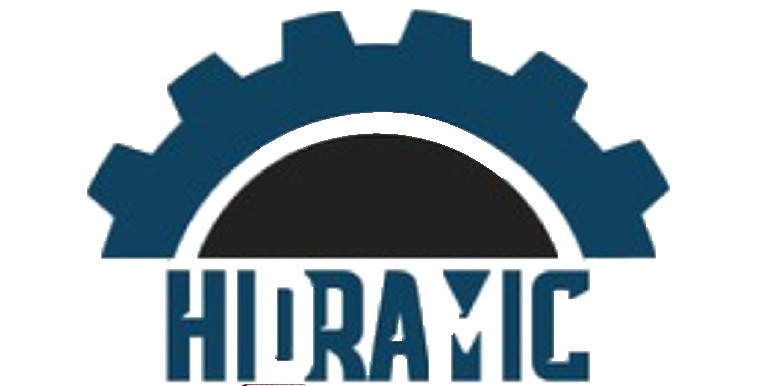

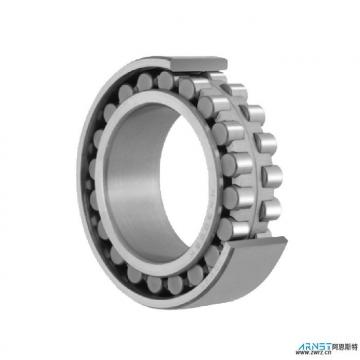 CRBH12025AUU Crossed Roller Bearing
CRBH12025AUU Crossed Roller Bearing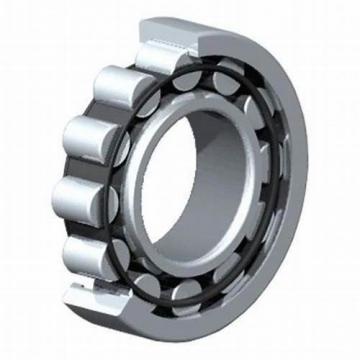 CRBH14025AUU Crossed Roller Bearing
CRBH14025AUU Crossed Roller Bearing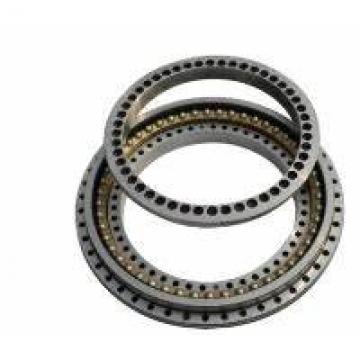 CRBH8016A Crossed roller bearing
CRBH8016A Crossed roller bearing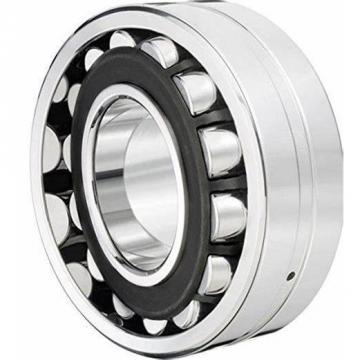 CRBH9016A Crossed roller bearing
CRBH9016A Crossed roller bearing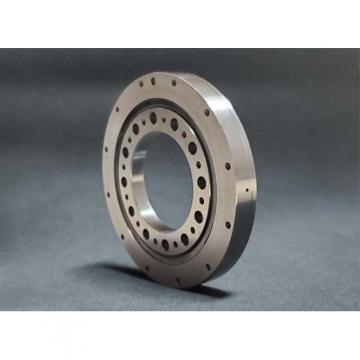 CRBH13025AUU Crossed Roller Bearing
CRBH13025AUU Crossed Roller Bearing